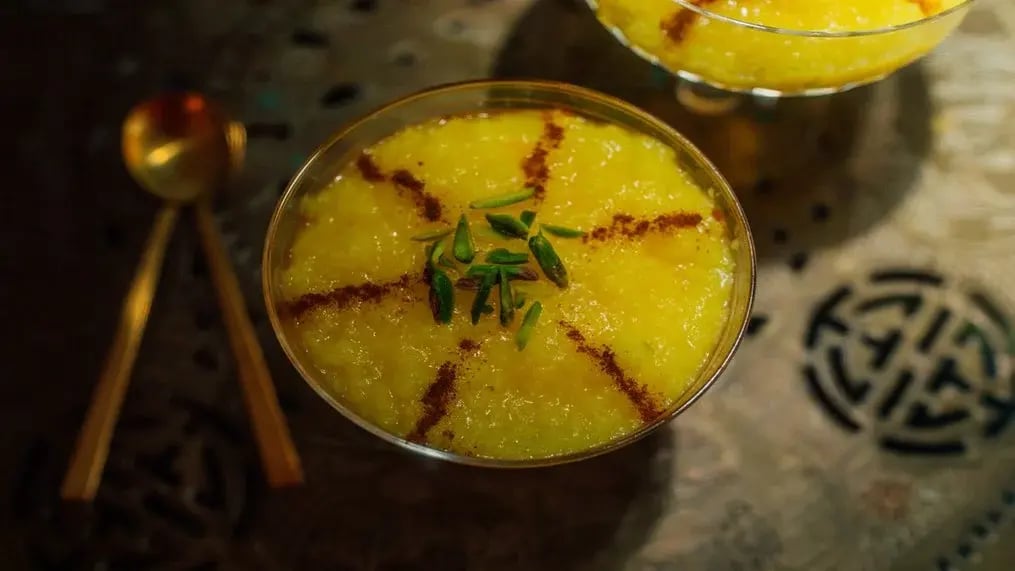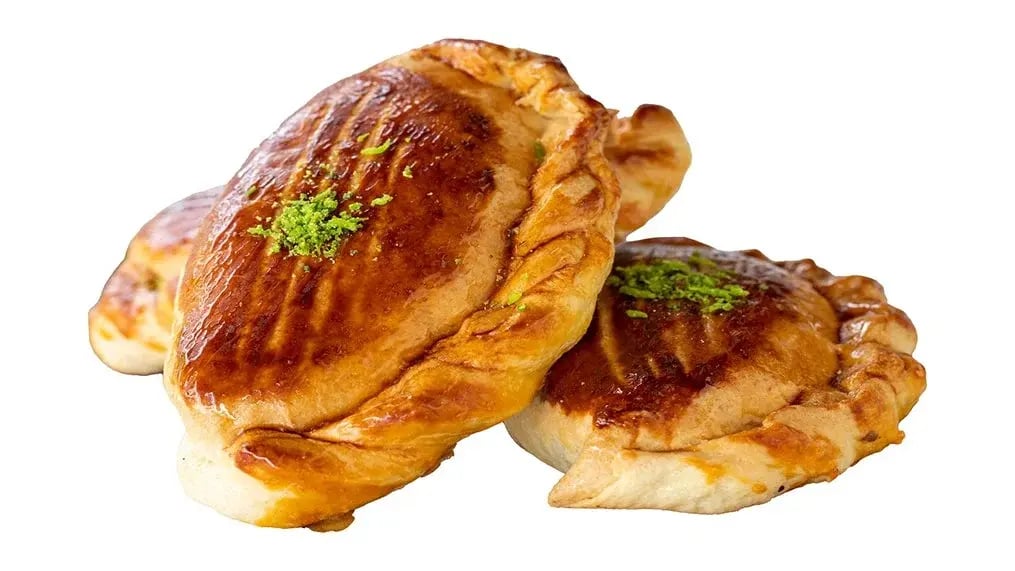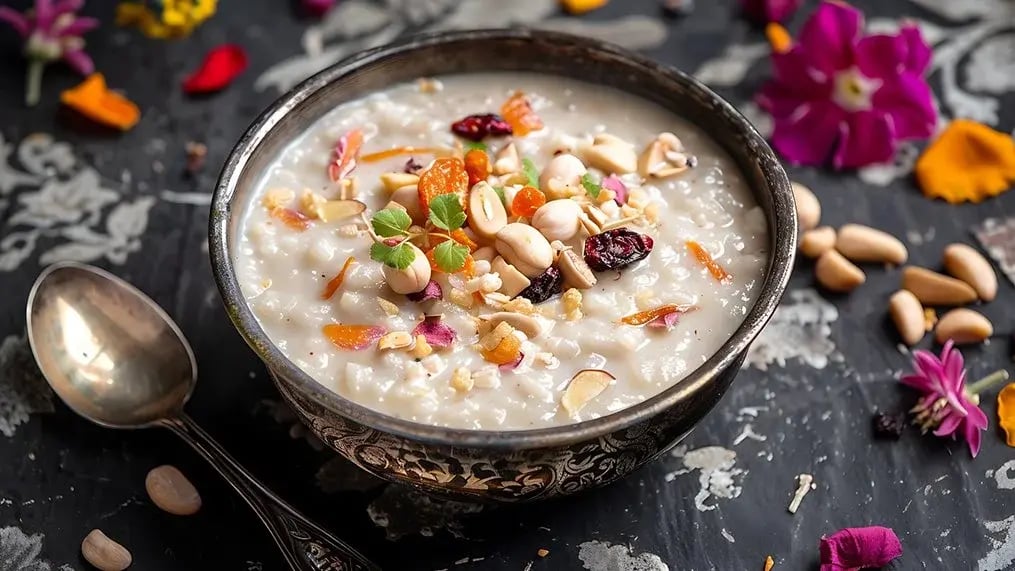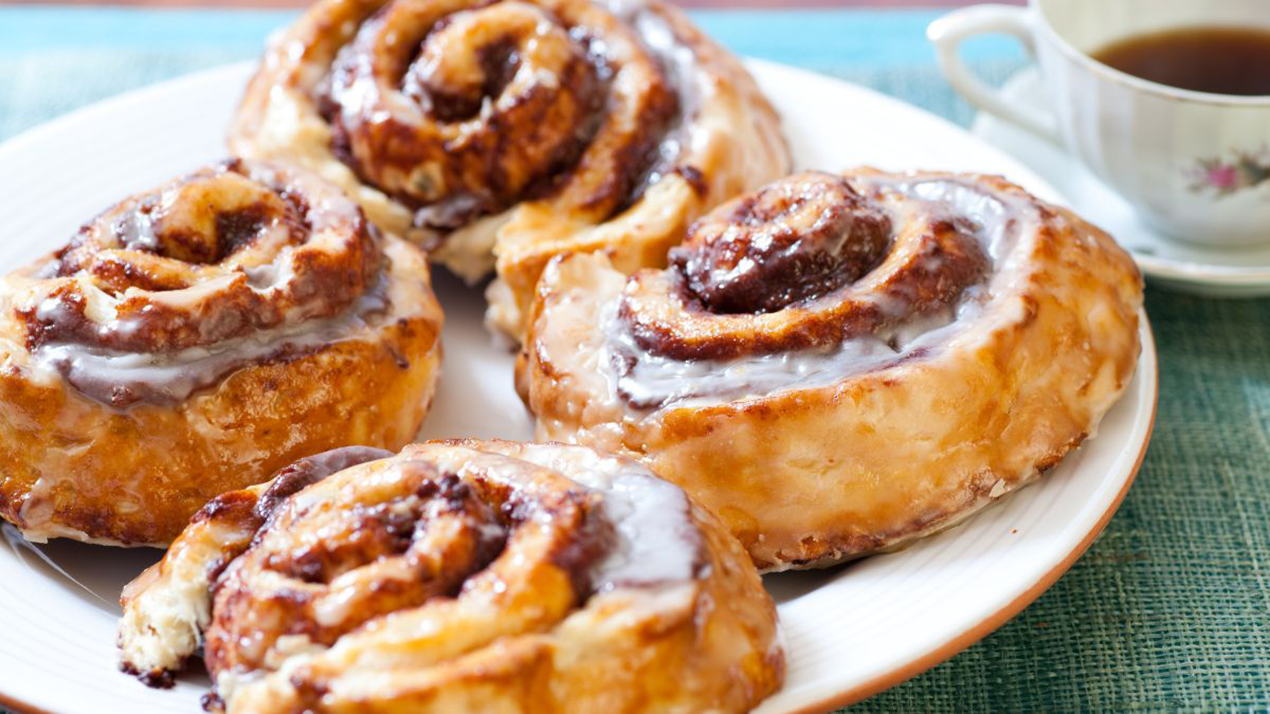It is enjoyable to consume sweets and desserts following the main course. Based on historical data, Persians are thought to have been among the first people to adopt this worldwide practice.

As Persians say, after a delicious Persian main dish, such as chelo kabab (barbeque with rice) or a feast of khoreshts (stews), it's time to indulge in something sweet. The bulk of Iranian or Persian sweets are sugary and contain saffron, cardamom, and rosewater.
This tea-drinking culture offers a variety of exquisite, sweet sweets suitable for both special occasions and daily enjoyment. If you have a strong sweet tooth, you're in for a real treat. Every region in Iran has its own distinct flavor and dessert. This article showcases the best desserts from Persia's culinary landscape, taking you on an interesting gourmet journey.
What's Special About Persian Desserts?
Persian desserts are flavorful, unique, and delectable. Each is different from the others based on their place of origin. Persian desserts, such as Iranian Baghlava, rice puddings, ice cream, and traditional cakes, offer a broad range of options for all palates.
Persian desserts are hard to resist since they are known for utilizing a lot of saffron. Their overwhelming sweetness and faint rosewater undertone are well known.
Sometime about the first century AD, sugar first traveled to the Middle East before arriving in Europe. But before sugarcane was used, the primary sources of sweetness were honey and other fruits like dates, apricots, and pomegranates.
There were plenty of almonds, sesame seeds, and pistachios, along with flavors like cardamom, saffron, orange blossom, and rosewater.
Whether they were presented in intricately woven ivory baskets or plated in gold, confections functioned as emblems of culinary prestige that many ancient cultures would have found pleasing. The sweetness culture was elegant and inventive; the earliest known ice cream-like foods are said to have originated in ancient Persia around 550 BC.
Havij Bastani
Havij bastani is a tasty and unique Iranian spin on an ice cream float. This delightful delicacy mixes fresh carrot juice and a scoop of vanilla-flavored ice cream, or a more classic saffron-infused version. Havij bastani is often seen as both a beverage and a dessert, and it can be drunk or eaten with a spoon. It is typically served in a glass and is generally garnished with crushed pistachios, cardamom, or cinnamon.
Ranginak
Ranginak is another dessert commonly served with Persian tea. Ranginak is a typical Shiraz dessert. Ranginak is created of dates, toasted flour, cinnamon, sugar, and cardamom, and topped with crushed pistachios. This energy-packed dessert is ideal for cold days or when you need an energy boost!
Faloodeh
The semi-frozen refreshing Faloodeh is a regional delicacy from Iran. This Persian delicacy is a favorite street food item in the summertime. It's made with vermicelli, a syrupy sweet rose water, and lime. Savor this delectable delight for a cool treat in the middle of the heat. It can be found at any local ice cream shop.
Sholeh Zard

Sholeh Zard, a historic Iranian delicacy made of saffron rice pudding, was formerly reserved for special occasions. Slivered nuts and spices like cardamom and cinnamon are other popular additions to the rice, which is cooked in water and then enhanced with saffron and sugar. Sholeh Zard is usually served in individual pieces with pistachios, slivered almonds, or crushed cinnamon on top.
Koloocheh

Koloocheh are classic Persian cookies with a round form, a crunchy crust, and a soft, sweet inside. Traditionally, the shell is made with a flour and butter dough, but it's also beautifully adorned with a classic stamp design.
The most popular filling is a delicious concoction of sugar and crushed walnuts, while dates and shredded coconut are also frequently used in other regions of Iran. To give the cookie its distinct oriental flavors and alluring scents, spices such as saffron, rose water, cardamom, cinnamon, or citrus zest are typically used.
Sheer Khurma

Sheer khurma is a traditional Persian dessert cooked to celebrate Eid, which marks the conclusion of Ramadan, the Islamic holy month of fasting.
Vermicelli (thin noodles) cooked with dates, whole milk, sugar, and ghee (clarified butter) make up the rich and creamy delicacy. Its unique flavor and creamy texture are enhanced by the addition of almonds, pistachios, cashews, raisins, and cardamom as garnishes. Though sheer khurma is traditionally a celebration dish, it's also frequently consumed as a sweet treat or on other special occasions.
Like This Article?
More Like This


Popular Articles




Trending Web Stories
Curated Recipes





















